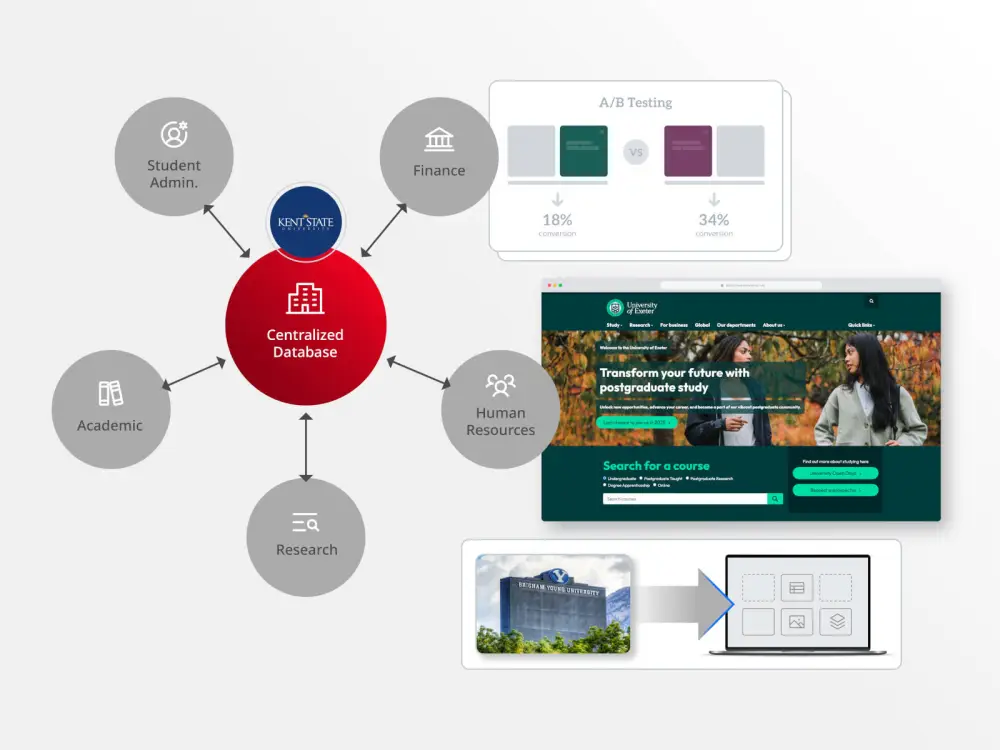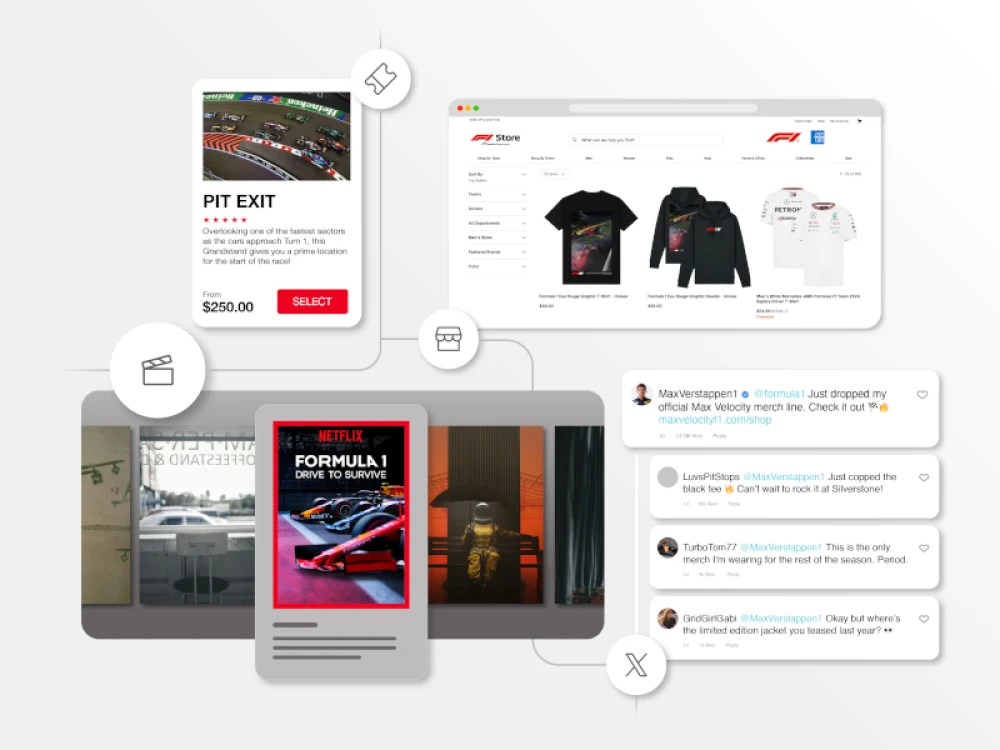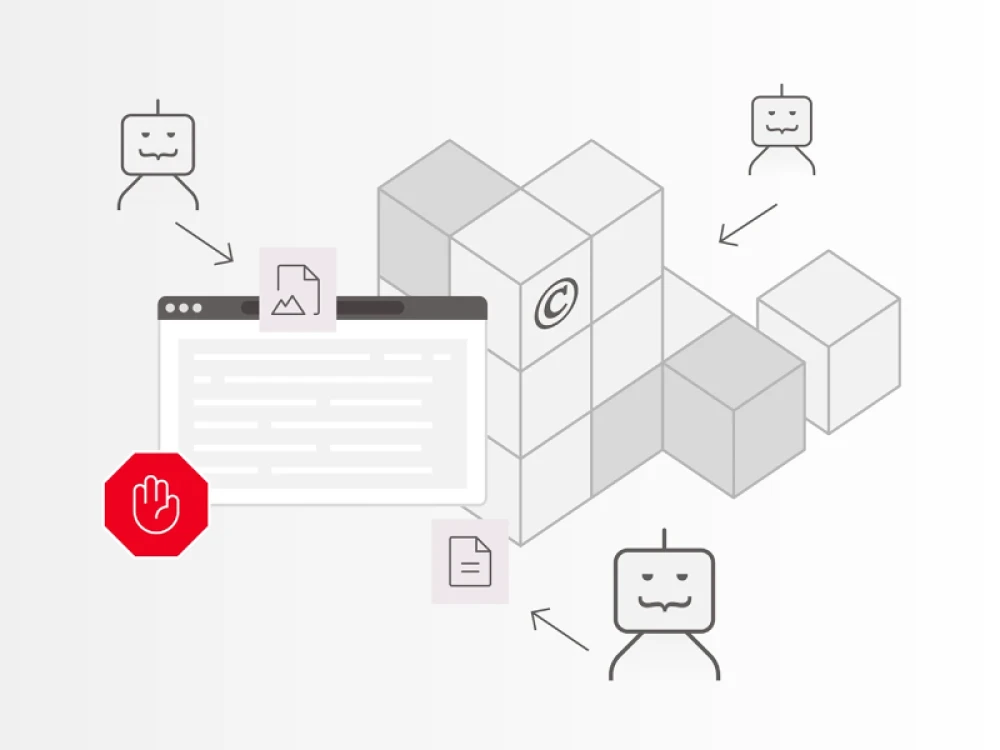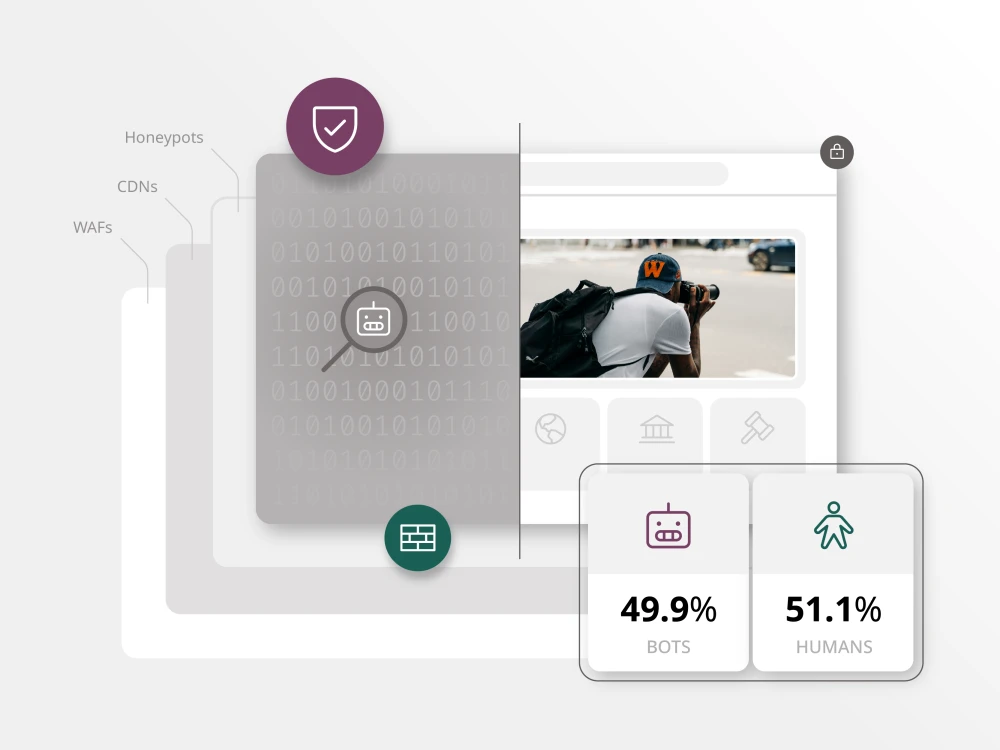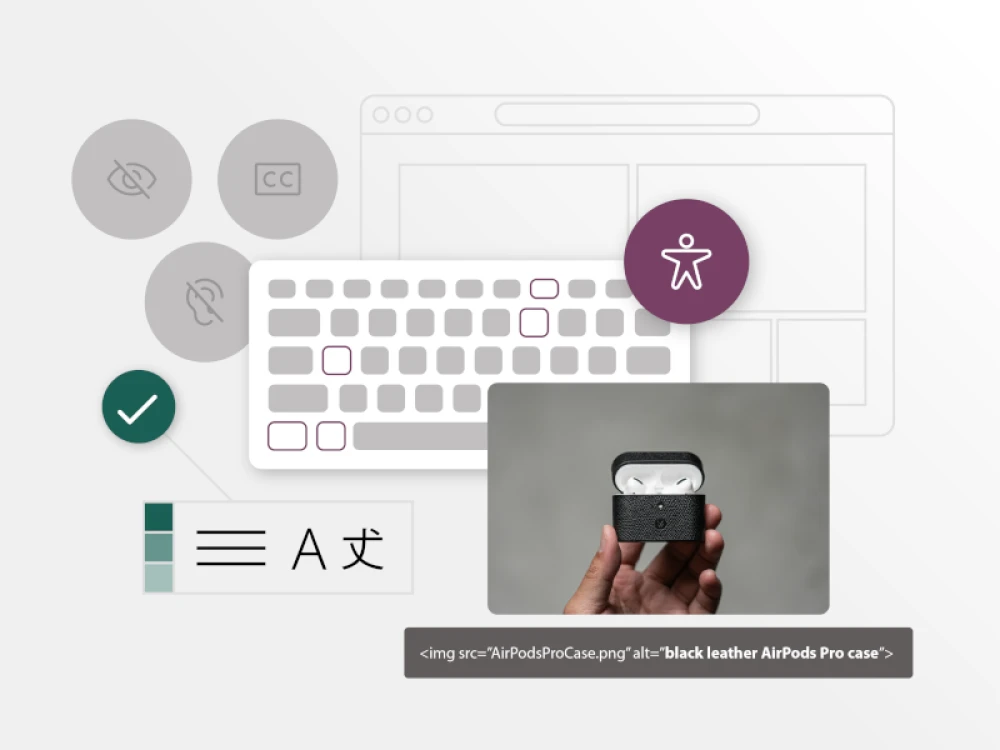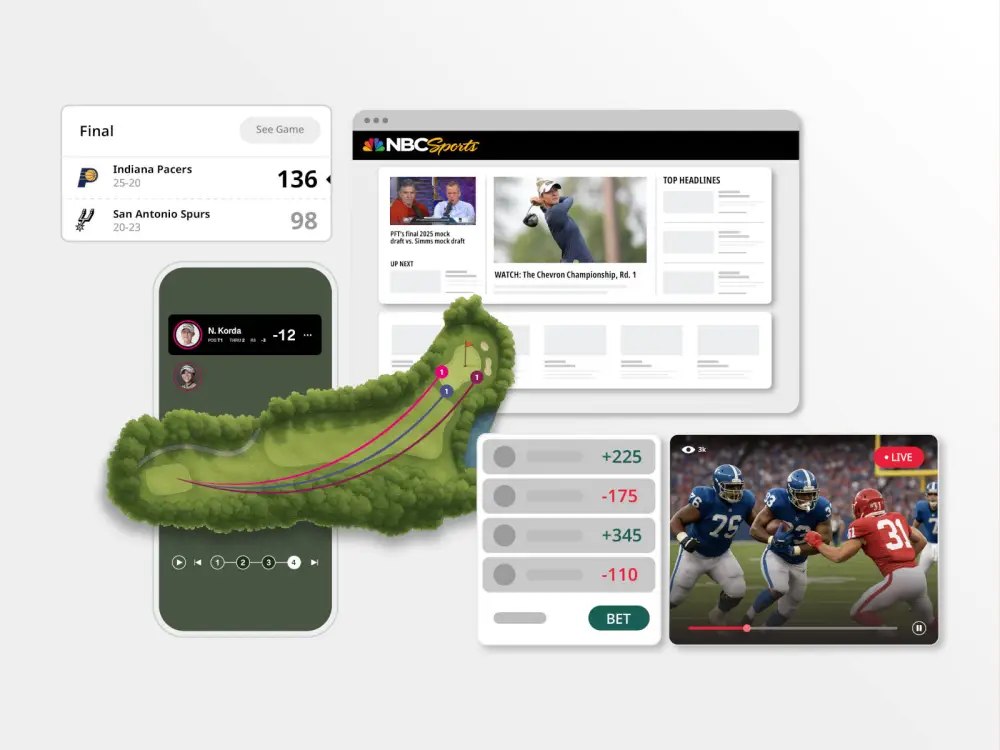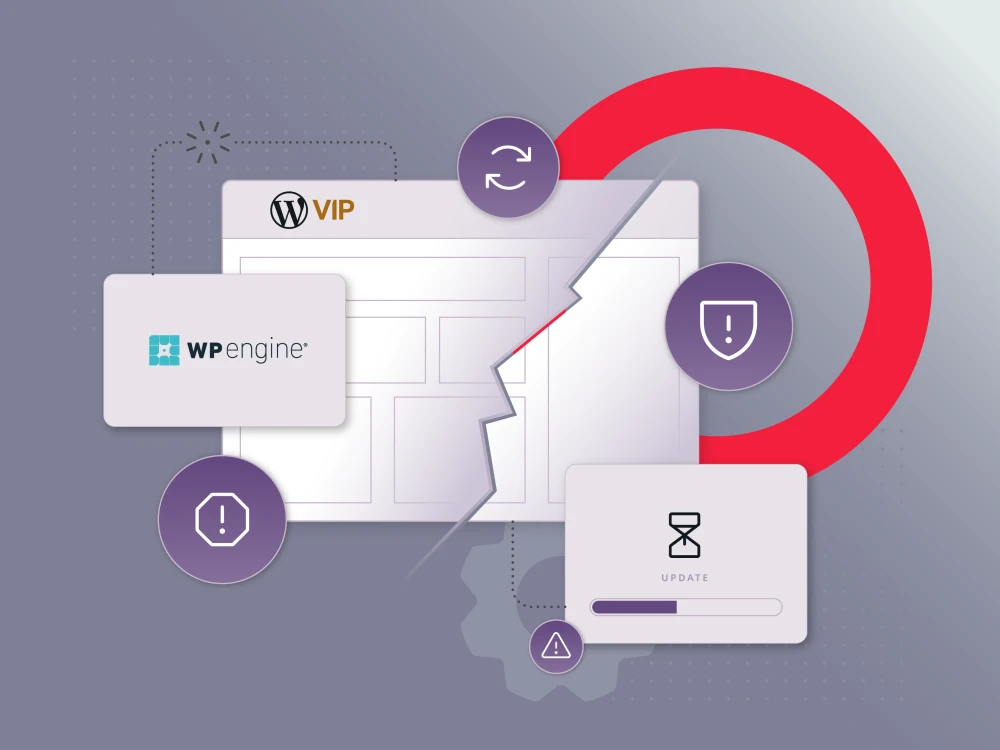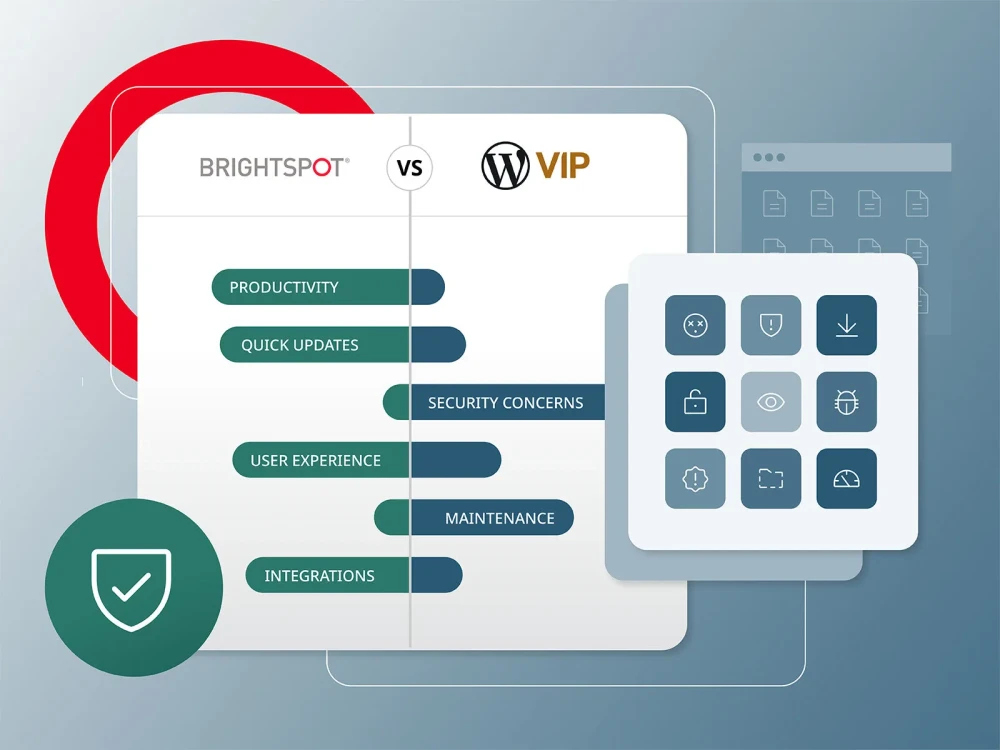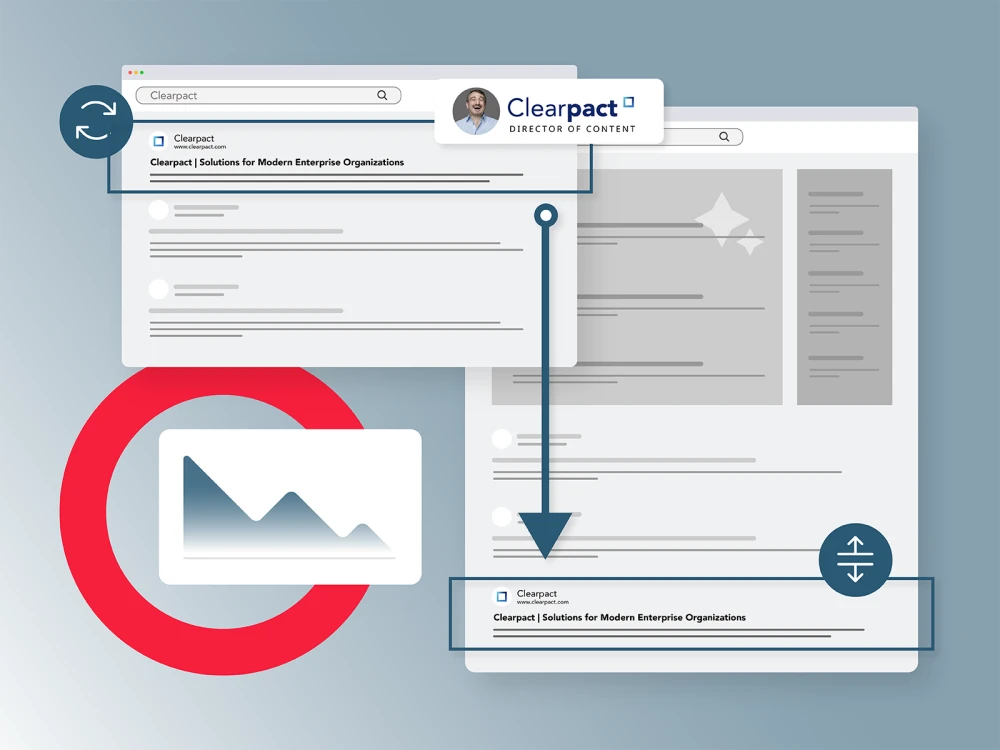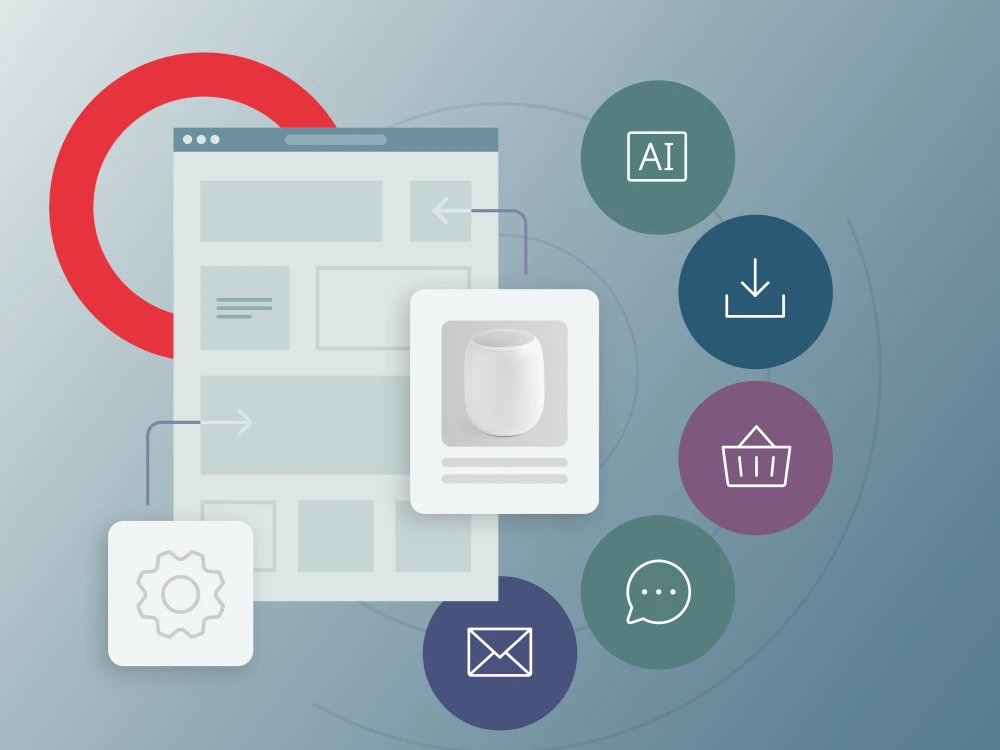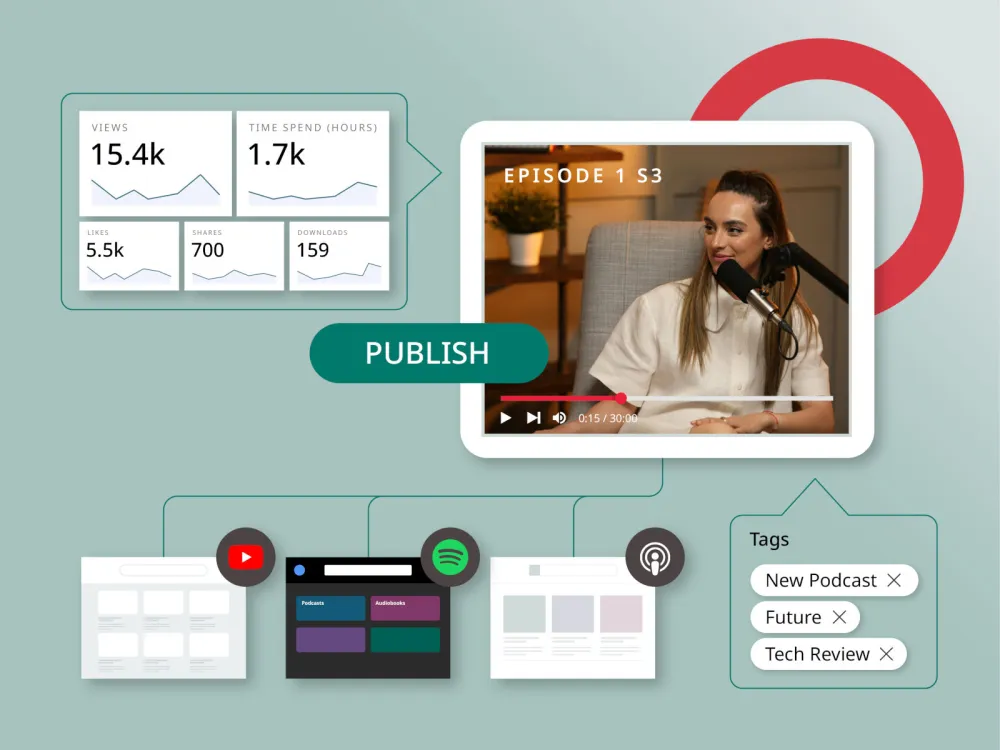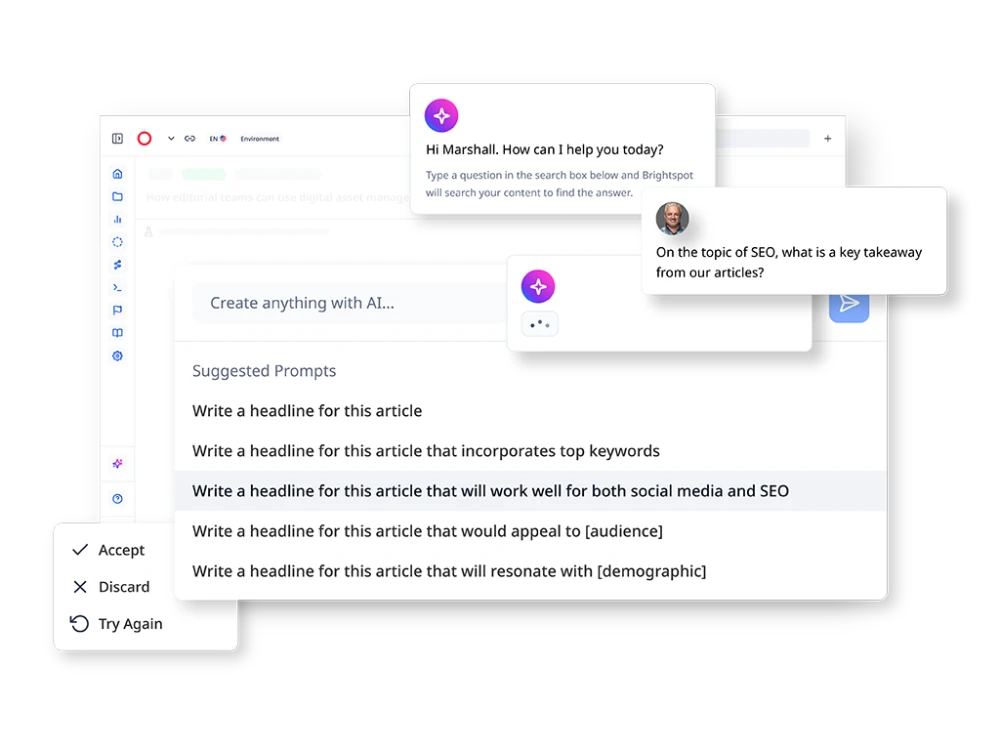Digital trends
Explore the fast-paced and ever-changing world of digital transformation, with digital trends informing how we get our news, seek information, make purchases and interact with each other across channels and devices.
Higher education is under pressure to deliver seamless, student-first digital experiences that rival the best of the private sector. Institutions like Brigham Young Unversity, the University of Exeter and Kent State University are proving that transformation is possible by blending governance, technology and culture.
Sports fandom now lives on social feeds, brand collabs and behind-the-scenes clips. Here’s a look at how sports teams and businesses can keep up and meet fans at their preferred digital watering holes.
Brightspot integrates accessibility throughout its CMS platform and delivery processes. The focus spans design, development, content creation and QA, ensuring inclusive digital experiences from the ground up.
Brightspot has observed a dramatic increase in non-human web traffic across our customer base — largely driven by scraping bots harvesting content for AI model training. See our findings and recommendations from a recent initiative to evaluate and respond to the growing risk and impact of “bad bot” traffic.
The rise of large-scale DDoS attacks and rampant AI scraping signals a turning point in web security. What used to be rare is now routine — and often automated by actors with little more than a credit card.
The European Accessibility Act (EAA) takes effect June 28. Learn how to prepare your sites and apps to meet the requirements of this new law, which uses WCAG 2.1 AA as the baseline standard. The EAA applies to any business with digital properties accessed by users in the European Union.
Learn how technology is blending real and virtual sports worlds, enhancing fan engagement from ticketing to fantasy leagues and live betting.
The WordPress/Automattic and WP Engine dispute has exposed critical governance and security risks within open-source ecosystems, raising new concerns about long-term platform stability.
Struggling with slow publishing, high maintenance costs or poor integrations? Discover the hidden costs of an outdated CMS and why an upgrade will save you money in the long-term.
A look at why enterprises are rethinking WordPress as their CMS of choice after its clash with hosting provider WP Engine.
Hear from Brightspot SEO expert Miles De Feyter about whether Google’s early promise to creators contrasts with today’s zero-click search trends, shifting traffic dynamics and SEO tactics.
Taking an omnichannel approach to distribution and using personalization to grow loyalty is a strategy that’s wildly successful—but challenging. Learn why.
Harness the power of voice with audio content management solutions. Easily create, manage and distribute engaging audio content using a user-friendly CMS.
Explore today’s emerging CMS trends, including AI automation and hybrid CMS architecture, to future-proof your business. Read on to hear our predications for what’s next in the world of CMS.
Leverage AI and machine learning to advance the capabilities of your digital experience platform (DXP), optimizing customer interactions for maximum engagement and satisfaction.
Businesses are on a mission to connect with customers like never before. That’s where digital experience platforms (DXPs) step in. Learn more with our guide to the world of DXP.
Explore the ethical and practical implications of integrating AI in your content program. Discover AI’s limitations, benefits and best practices for effective implementation.
A digital experience platform helps companies engage with customers across various channels. It offers tools to create positive interactions, although approaches may vary. Understanding its components is crucial for effective implementation.

